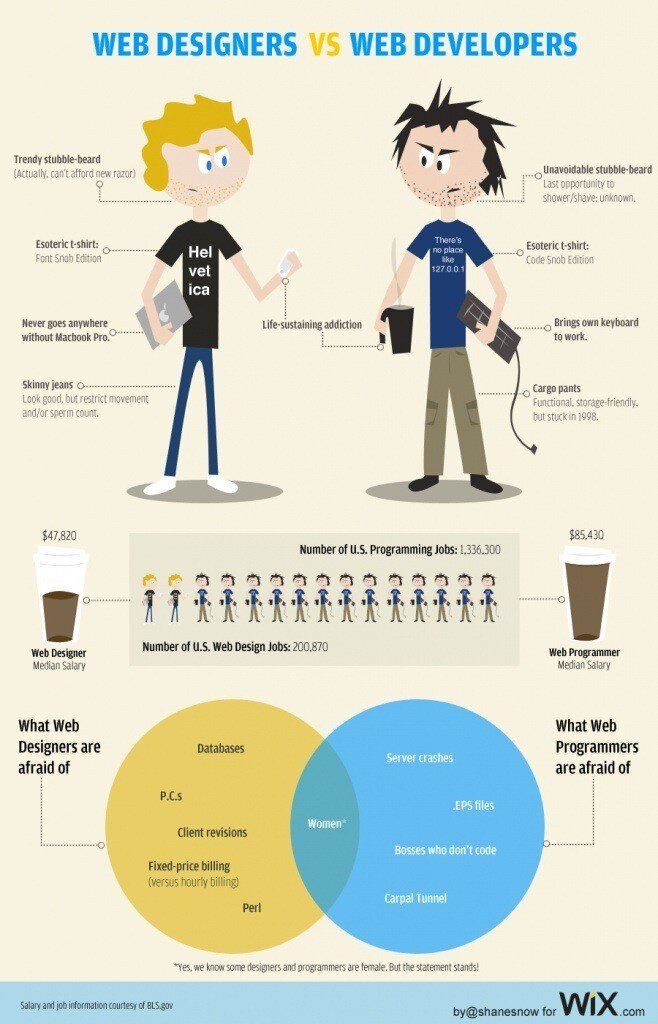
Adaptive Design is the term that describes the design of a website that can adjust to fit the screen size. This allows for greater flexibility in the elements used on your website. This can help you save time and money. This design style is not for everyone but it can work for some.
Adaptive web design is a great option to make your website more user-friendly for all types and devices, including mobile phones. The key is the CSS3 media query. This is the basic mechanism that allows adaptive design to work. Your browser will tell you when to switch between layouts. It isn't as simple as that though. It is essential to know how many screens you can support as well as the best layout.

The best adaptive design for your site will depend on the objectives of your site, the types of devices your site is intended for, and how you want users to interact with it. Analytics can help you determine the devices that your users most frequently use. Then, design for them.
Adaptive designing isn't as simple as it sounds. It requires you to invest a lot time and effort. It can be an excellent option for redesigning or creating a new website. If you want to create a new site, you'll need to consider the size of your audience and the kind of information they want to access on your website. It's also important to test your site and make sure everything works correctly.
A responsive design is the best adaptive design for some websites. Although this will make your site load faster, it may have disadvantages for sites that have many pages. This means that you'll need to create different layouts depending on the device. This can cause problems with compatibility or incorrect formatting.
Sites built on a desktop platform make adaptive design much easier. Even though you may only be designing for one or two screens, this can cause problems. You may miss out on some potential users. This is particularly true for smartwatches which don't have native web browsing capabilities. You also have to think about whether or not your users are likely to use a mobile device for their daily activities. You can use adaptive design to make sure that all of your information is available to them.

Also, consider the impact load time has on users. It is generally slower to load responsive design than adaptive. This can be a significant factor in a user's decision. Users could leave your site if they are frustrated by the slow loading times.
FAQ
What is responsive web design?
Responsive Web Design (RWD), is an approach to designing responsive websites. Content will display correctly on all devices, such as smartphones, tablets, laptops, tablets, and desktop computers. This allows users access all features of a website, including navigation menus, buttons and buttons, on one device. RWD's goal is to ensure that users view the exact same version of a website on every screen size.
A website that sells primarily through eCommerce would be an example of this. You want your customers to be able to purchase products from your store, even if they are viewing it on a phone.
Responsive websites will adjust their layout according to the device that is being used. A website that is viewed on your laptop will display the same way as a desktop website. It will look different if you view the page from your phone.
This means you can make a website that looks amazing on all types of devices.
Where Can I Find Freelance Web Developers?
Freelance web designers and developers are available in many locations. Here are some top options.
Freelance websites
These sites provide job listings for freelance professionals. Some have very specific requirements, while others don't care what type of work you do.
Elance, for instance, has high-quality job opportunities for programmers, writers, translators, editors and project managers.
oDesk has similar features, but they focus on software development. They have job opportunities in PHP. Perl. Java. C++. Python. JavaScript. Ruby. Android. And.NET developers.
Another good option is oWOW. Their site is focused on web designers and graphic artists. They offer many services, including video editing, programming, SEO, and social media marketing.
Online Forums
Many forums allow members to post jobs and advertise themselves. DeviantArt, a forum for web designers, is one example. If you search "web developer" in the search bar, you will see a list of threads where people are looking for someone to help them with their websites.
What should I include?
Your portfolio should consist of all these things:
-
Example of your work.
-
Link to your website (if possible).
-
Links to your blog.
-
Here are some links to social media pages.
-
Other designers' online portfolios can be found here.
-
Any awards you've received.
-
References.
-
Examples of your work.
-
These links show how to communicate with clients.
-
Links showing you're willing to learn new technologies.
-
You are flexible, these links will show it.
-
These links show your personality.
-
Videos showing your skills.
What does a UI designer do?
The interface design team for software products is called a user interface (UI). They are responsible for the design of the layout and visual elements in an application. Graphic designers can also be included in the UI design team.
The UI Designer must be able to solve problems and understand how people use computers.
A UI designer should be passionate about technology and software development. The field requires that the designer understands all aspects of it, from designing ideas to writing code.
They should be able create designs with various tools and techniques. They must be able think creatively and find innovative solutions to problems.
They should be detail-oriented, organized and efficient. They should be capable of quickly and efficiently developing prototypes.
They should be comfortable working alongside clients large and small. They must be able to adapt to various situations and environments.
They should be able speak clearly and effectively with others. They should be able communicate clearly and concisely.
They should be well-rounded, with strong communication skills.
They must be motivated and driven.
They should be passionate about their craft.
What technical skills do I need to design and construct my site?
No. It doesn't matter what HTML or CSS you know. You can easily find tutorials online that teach both HTML and CSS.
How Do I Create a Free Website?
This depends on what kind of website you're trying to create. Do you want to sell products online? Start a blog? Build a portfolio?
A combination of HyperText Markup Language, Cascading Stil Sheets and HTML can create an essential website. You can create a simple website with HTML and CSS. But most web developers recommend using a WYSIWYG editor (such as Dreamweaver, Frontpage).
Hire a freelance web developer if your skills are not in-depth. They can help you build a website customized to your needs.
Freelance developers can charge either an hourly or a flat fee. The amount of work they do within a certain time frame will affect the cost of hiring a freelancer.
For example, some companies charge $50-$100 per hour. For larger projects, rates are usually higher.
In addition, many freelance websites list available jobs. You can search there before you contact potential developers directly.
Statistics
- Is your web design optimized for mobile? Over 50% of internet users browse websites using a mobile device. (wix.com)
- It's estimated that in 2022, over 2.14 billion people will purchase goods and services online. (wix.com)
- Studies show that 77% of satisfied customers will recommend your business or service to a friend after having a positive experience. (wix.com)
- The average website user will read about 20% of the text on any given page, so it's crucial to entice them with an appropriate vibe. (websitebuilderexpert.com)
- In fact, according to Color Matters, a signature color can boost brand recognition by 80%. There's a lot of psychology behind people's perception of color, so it's important to understand how it's used with your industry. (websitebuilderexpert.com)
External Links
How To
What is website Hosting?
Website hosting is the place where visitors go to visit a website. There are two types of website hosting:
-
Shared hosting is the cheapest. Your website files reside in a server managed by another company. Customers who visit your website send their requests via the Internet over to that server. The server owner then forwards the request to you.
-
Dedicated hosting - This is the most expensive option. Your website is hosted entirely on one server. There are no other websites sharing space on the server. Your traffic remains private.
Shared hosting is preferred by most businesses because it's cheaper than dedicated hosting. You can use shared hosting if the company owns the server to provide the resources required for your website.
But there are pros and cons to both options. Here are the main differences between them:
Sharing Hosting Pros
-
Lower Cost
-
It's easy to set up
-
Frequent Updates
-
It can be found at many web hosting providers
Hosting shared with others can cost as low as $10/month. Keep in mind, however, that bandwidth is usually included in the price. Bandwidth is the data transfer speed that you have over the Internet. Even if only you upload photos to your blog or website, high-volume data transfers may incur additional charges.
Once you begin, you will soon see why you spent so much on your previous host. Most shared hosts have very poor customer support. You'll be on your way after they walk you through setting it up.
A provider with 24-hour telephone support is a good choice. They will attend to any issues you have while you sleep.
Dedicated Hosting Cons:
-
More Expensive
-
Less Common
-
Specific Skills Required
With dedicated hosting, all you need to maintain your website are provided. You won’t need to worry whether you have enough bandwidth or enough RAM (random address memory).
This means you will need to spend more upfront. However, once your business goes online, you'll discover that you don’t need as much technical support. You'll quickly become an expert at managing your server.
Which is better for my business?
The answer to this question depends on which type of website you wish to create. If you're selling products only, shared hosting might work best. It's very easy to setup and maintain. Because you share a server, you will most likely receive frequent updates.
However, dedicated hosting can be a great option if you're looking to build a community around the brand. It allows you to focus on building your brand and not worrying about managing your traffic.
Bluehost.com has both. Bluehost.com offers unlimited monthly data transfers, 24/7 customer support, domain registrations free of charge, and a 30-day guarantee for your money back.